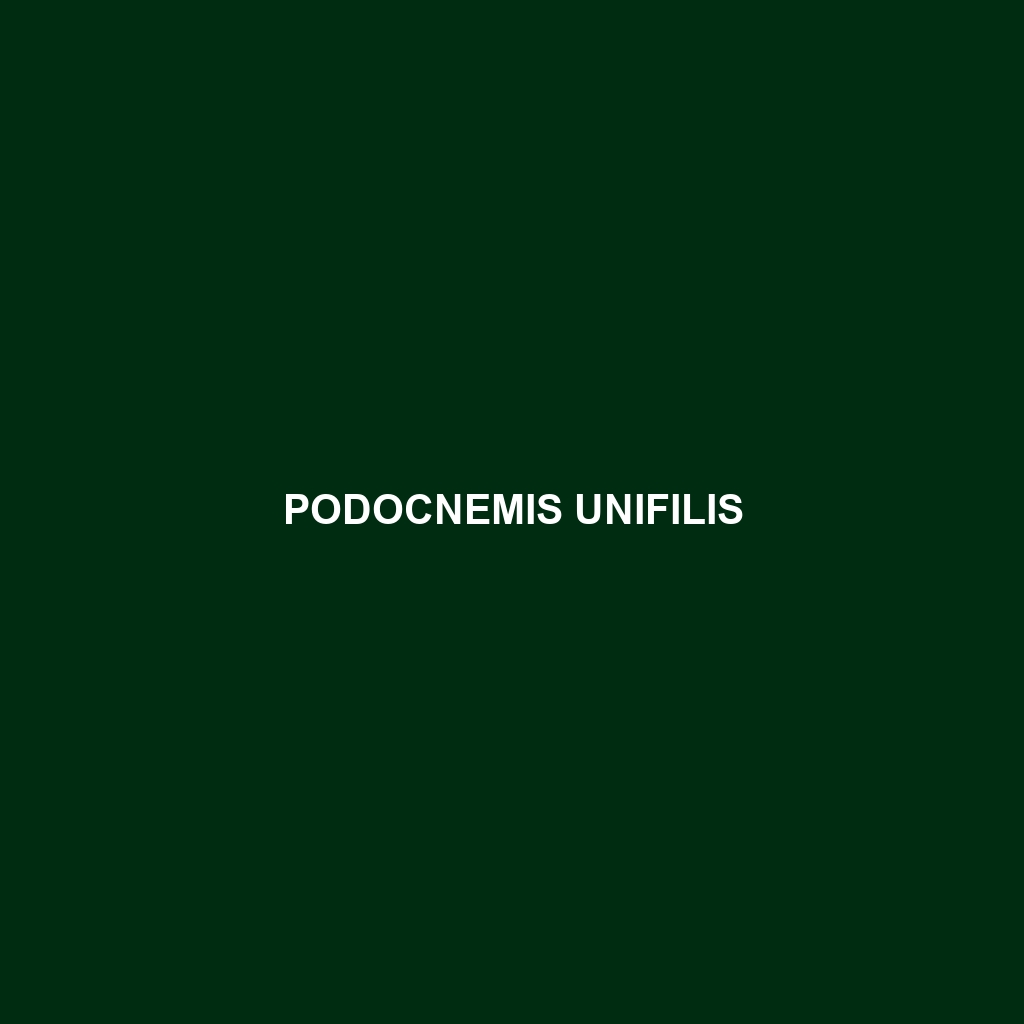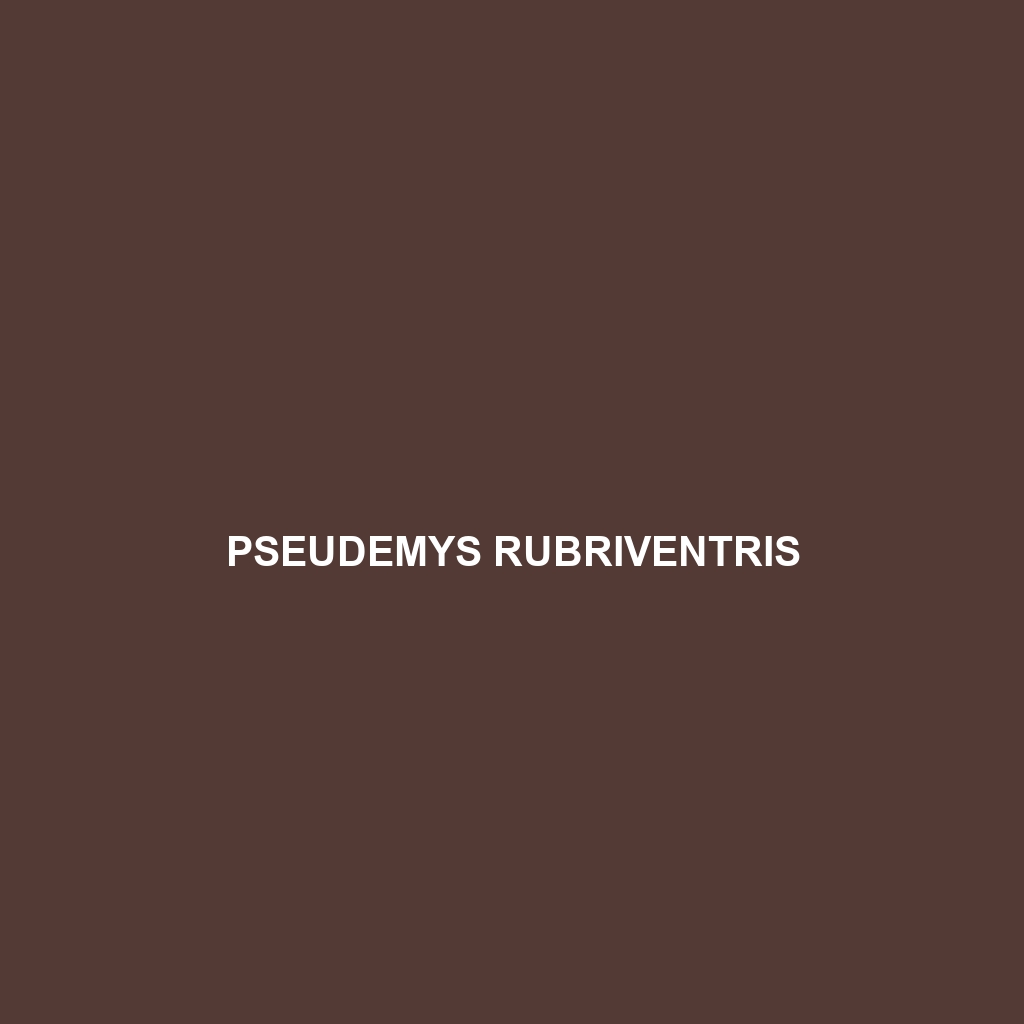<h2>Podocnemis vogli - Overview</h2> <p><b>Podocnemis vogli</b>, also known as the yellow-margined South American turtle, is a vulnerable species native to the freshwater ecosystems of South America, characterized by its smooth, oval-shaped brown carapace and distinctive yellowish underside. These omnivorous turtles thrive in slow-moving rivers and floodplains, playing a crucial role in their ecological habitat by consuming aquatic plants and contributing to biodiversity.</p>
Tag: turtle reproduction
Podocnemis unifilis
The Podocnemis unifilis, or yellow-spotted river turtle, is a Vulnerable species found primarily in South America's freshwater ecosystems, characterized by its dark shell adorned with yellow or white spots, an herbivorous diet, and unique reproductive behaviors that occur during the rainy season. These turtles play a vital role in their ecosystem by controlling aquatic plant growth and serving as a food source for various predators.
Rafetus euphraticus
<strong>Rafetus euphraticus</strong>, commonly known as the Euphrates softshell turtle, is a critically endangered species native to the freshwater environments of the Middle East, distinguished by its large, flattened carapace and strong territorial instincts. This omnivorous turtle plays a vital role in maintaining biodiversity and water quality within its habitat while facing significant threats from habitat destruction and pollution.
Pseudemys rubriventris
The Pseudemys rubriventris, commonly known as the red-bellied cooter, is a remarkable freshwater turtle found in the southeastern United States, characterized by its vibrant red or orange plastron and a smooth, dark olive-brown carapace. This omnivorous species thrives in warm, slow-moving waters, playing a crucial role in maintaining ecological balance by regulating aquatic plant growth and contributing to nutrient cycling.
Pseudemys texana
<p><b>Pseudemys texana</b>, or Texas river cooter, is a diurnal freshwater turtle native to southeastern Texas and northeastern Mexico, thriving in warm, vegetated habitats. Characterized by their distinct dark brown to olive green carapace and a diet primarily of aquatic vegetation, they play a crucial role in maintaining the health of freshwater ecosystems.</p>
Pseudemys peninsularis
The Florida red-bellied turtle (<i>Pseudemys peninsularis</i>) is a medium-sized turtle recognized by its smooth olive to dark brown carapace and vibrant red or orange belly, thriving in warm freshwater habitats of the southeastern United States. This species is primarily herbivorous, with intriguing social behaviors and vital ecological roles, though it currently faces threats from habitat loss, making conservation efforts essential.
Pseudemys concinna
<p><b>Pseudemys concinna</b>, commonly known as the pond slider, is a versatile turtle native to the southeastern United States, thriving in a variety of freshwater habitats. These omnivorous turtles exhibit distinct yellow stripes, can grow up to 12 inches, and play a crucial role in maintaining aquatic ecosystem health.</p>
Pseudemys floridana
<b>Pseudemys floridana</b>, commonly known as the Florida cooter, is a freshwater turtle native to the southeastern United States, recognized for its distinctive dome-shaped carapace and elongated claws. This omnivorous species thrives in warm, humid habitats, primarily feeding on aquatic plants and small invertebrates while playing a vital role in maintaining ecosystem balance.
Pseudemys alabamensis
<b>Pseudemys alabamensis</b>, or the Alabama red-bellied turtle, is a vibrant freshwater turtle known for its red or orange belly and robust limbs, native to the southern United States. Primarily herbivorous, it inhabits slow-moving waters with abundant vegetation and plays a crucial role in maintaining aquatic ecosystems while being classified as endangered due to habitat loss and pollution.
Podocnemis vogli
<h2>Podocnemis vogli - Overview</h2> <p><b>Podocnemis vogli</b>, also known as the yellow-margined South American turtle, is a vulnerable species native to the freshwater ecosystems of South America, characterized by its smooth, oval-shaped brown carapace and distinctive yellowish underside. These omnivorous turtles thrive in slow-moving rivers and floodplains, playing a crucial role in their ecological habitat by consuming aquatic plants and contributing to biodiversity.</p>









